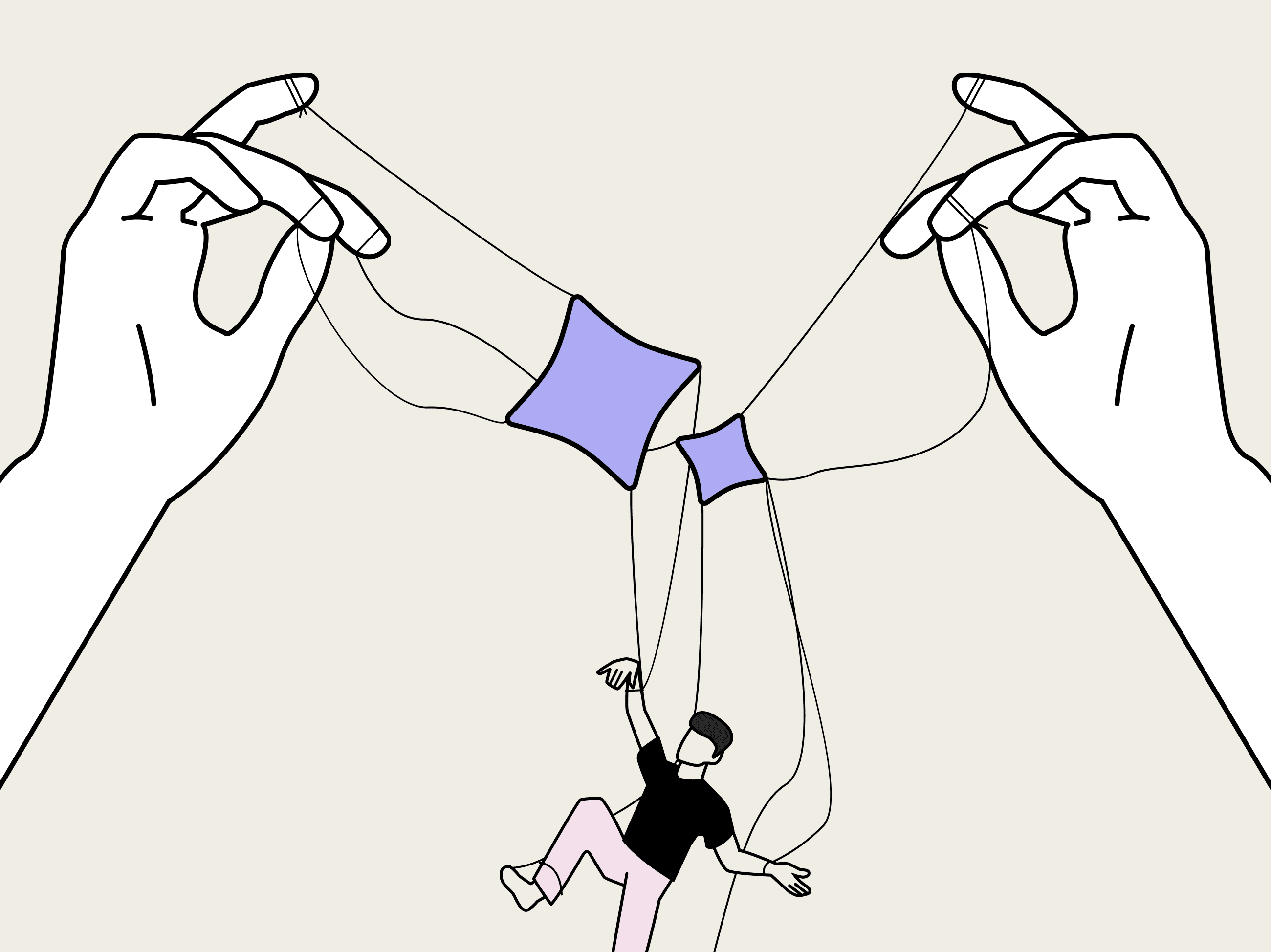Google Nearby is built on the core premise of delivering the right mobile experience at the right time. If you’re ready to do some experimenting with Nearby Notifications, Messages and Connections, then this post is for you.
Google’s Nearby API is a useful tool for businesses wishing to increase customer engagement. It’s part of Google Play Services and with it you can build applications that allow your brand to interact with nearby devices and people. From museums to transit, music events and retailers, there have been many creative applications of the technology.
Initial Set Up
Using beacon technology and nearby notifications, you don’t need to possess a lot of technical savvy to make your brand or promotional offering discoverable by devices. You can accomplish this in two steps:
- Buy beacons (make sure they support Eddystone format)
- Setup beacons to broadcast a website address or link to an application (more on this next).
Tell them you are here
You are looking at this plastic contraption (i.e. the beacon) wondering how to specify your very own message to the world. There’s no screen, no keyboard, no cable to hook up it to the computer. Well as they say in our digital age, “there’s an app for that”.
I’m using Estimote beacons but if you have beacons from a different supplier the process is pretty much the same. I installed the Estimote application from a Google Play Store on my Android phone (there is an iOS version in App Store), logged in, edited beacon configuration by setting type to Eddystone-URL, specified URL, and that is all… all done in 5 minutes.

Who can see you
When your beacon is broadcasting a URL, everyone that is in range of your beacon, within roughly 50m can see your notification (most of the solutions that I came across allow you to decrease it)--provided that they have bluetooth and internet connections enabled on their device. For Android devices, the, Nearby settings must be ON (Settings -> Google -> Nearby). iOS devices need to be using the Chrome browser with the Nearby widget enabled. Are most devices set up to default to these settings? If not then it may be worth mentioning that a message is pushed from Google asking people if they want to receive info from nearby applications. If you need more detailed information please go here.


Simulator App
If you you want to play with Nearby Notifications and can’t wait for your beacons to be delivered, I’ve prepared an Android application that can simulate a beacon. Source code is available on GitHub.
Nearby APIs in action
This technology is so easy to implement and is a great way for businesses to make use of all of the smartphones walking near or in their locations, right? As an experiment, I visited two large shopping malls in my area to see how much (or if) the technology is in use. With phone in hand, I walked through corridors waiting for a notification to pop up. Nothing! One-hundred plus shops each and not a single “Hey! Drop in for a delicious coffee”.
So, nobody is shouting to me. Next, let's see if anyone is listening. To do this I set up a beacon simulator application to point to a website where I was able to count hits. During one hour of mall walking I got 6 visitors. I’m not a marketing guy, so I don’t know how it translates to numbers, but I would say, that there is some untapped potential here.
Now that we understand the foundations of the Nearby API and the Notifications feature, let’s get a little more sophisticated by initiating two-way communication using the Nearby Messages feature. Stay tuned for part 2 in this series on Nearby Messages.
%20(1).jpg)




.jpg)